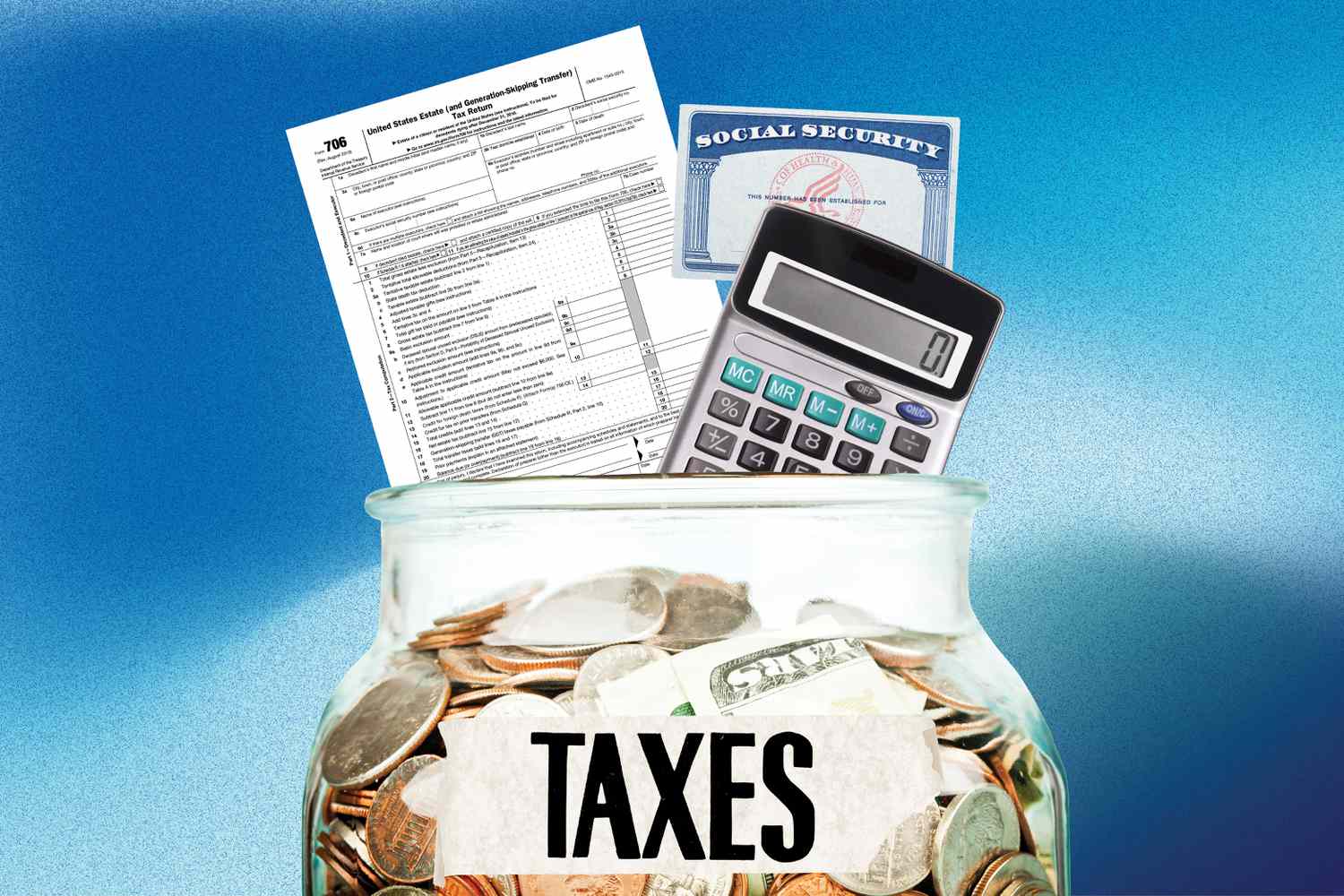If you already filed your 2024 tax return and ended up with an unexpected tax bill, there are several steps you can take throughout 2025 to better manage your taxes next year. Some of these moves require itemizing deductions instead of taking the standard deduction, but they may help lower your tax burden.
- Adjust Your W-4 Withholding
Your W-4 form controls how much tax your employer withholds from your paycheck. If you owed taxes last year, increasing your withholding can reduce the chance of owing again. Conversely, if you usually get a large refund, reducing withholding means more take-home pay during the year. You can update your W-4 at any time. - Contribute More to Your 401(k)
Contributions to a 401(k) reduce your taxable income because the money goes in before taxes. In 2025, you can contribute up to $23,500, with higher limits for those aged 50 and older, or 60 to 63. Employer matches add to your savings and do not count as taxable income. - Use an Individual Retirement Account (IRA)
Traditional IRAs may allow you to deduct contributions, but this depends on your income and whether you or your spouse have a workplace retirement plan. The 2025 contribution limit is $7,000 ($8,000 if you are 50 or older). Roth IRAs do not offer deductions but provide tax-free withdrawals later. - Save for Education with a 529 Plan
While contributions to a 529 college savings plan are not deductible on federal taxes, many states offer deductions or credits. Keep in mind that contributions over $19,000 per beneficiary may require filing a gift tax return. - Take Advantage of a Flexible Spending Account (FSA)
If your employer offers an FSA, you can put up to $3,300 in pre-tax dollars toward qualified medical expenses in 2025. Some plans allow you to roll over up to $660 to the next year, but unused funds may be lost otherwise. - Use a Dependent Care FSA
This account lets you put aside up to $5,000 tax-free to cover childcare, before- and after-school programs, day camps, or elder care, depending on your employer’s plan. This reduces your taxable income. - Fund a Health Savings Account (HSA)
If you have a high-deductible health insurance plan, an HSA lets you contribute pre-tax money for medical expenses. The 2025 contribution limit is $8,550 for families, with an extra $1,000 allowed if you are 55 or older. Withdrawals for qualified expenses are tax-free. - Check Eligibility for the Earned Income Tax Credit (EITC)
If your income is below $68,675 in 2025, you may qualify for a tax credit based on your earnings, filing status, and number of dependents. The EITC reduces your tax bill directly and may result in a refund if the credit exceeds your tax liability. - Make Charitable Donations
Donations of cash or goods to registered charities can be deducted if you itemize your deductions. Non-cash donations, such as clothes or household items, require a receipt and may add to your total deductible amount, which can range between 20% and 60% of your adjusted gross income. - Keep Records of Medical Expenses
You can deduct medical and dental expenses that exceed 7.5% of your adjusted gross income. For example, if your income is $40,000, you can deduct costs above $3,000. Keep all receipts and documentation for these expenses. - Consider Selling Losing Stocks
Selling stocks that have lost value can offset gains you have made on other investments. You can deduct losses up to $3,000 per year ($1,500 if married filing separately). Avoid repurchasing the same stock within 30 days to prevent losing the deduction.
Plan the Timing of Payments
Paying deductible expenses before the end of the tax year can increase your deductions for that year. This includes mortgage interest, medical bills, or charitable contributions. Small timing adjustments may improve your tax position.














